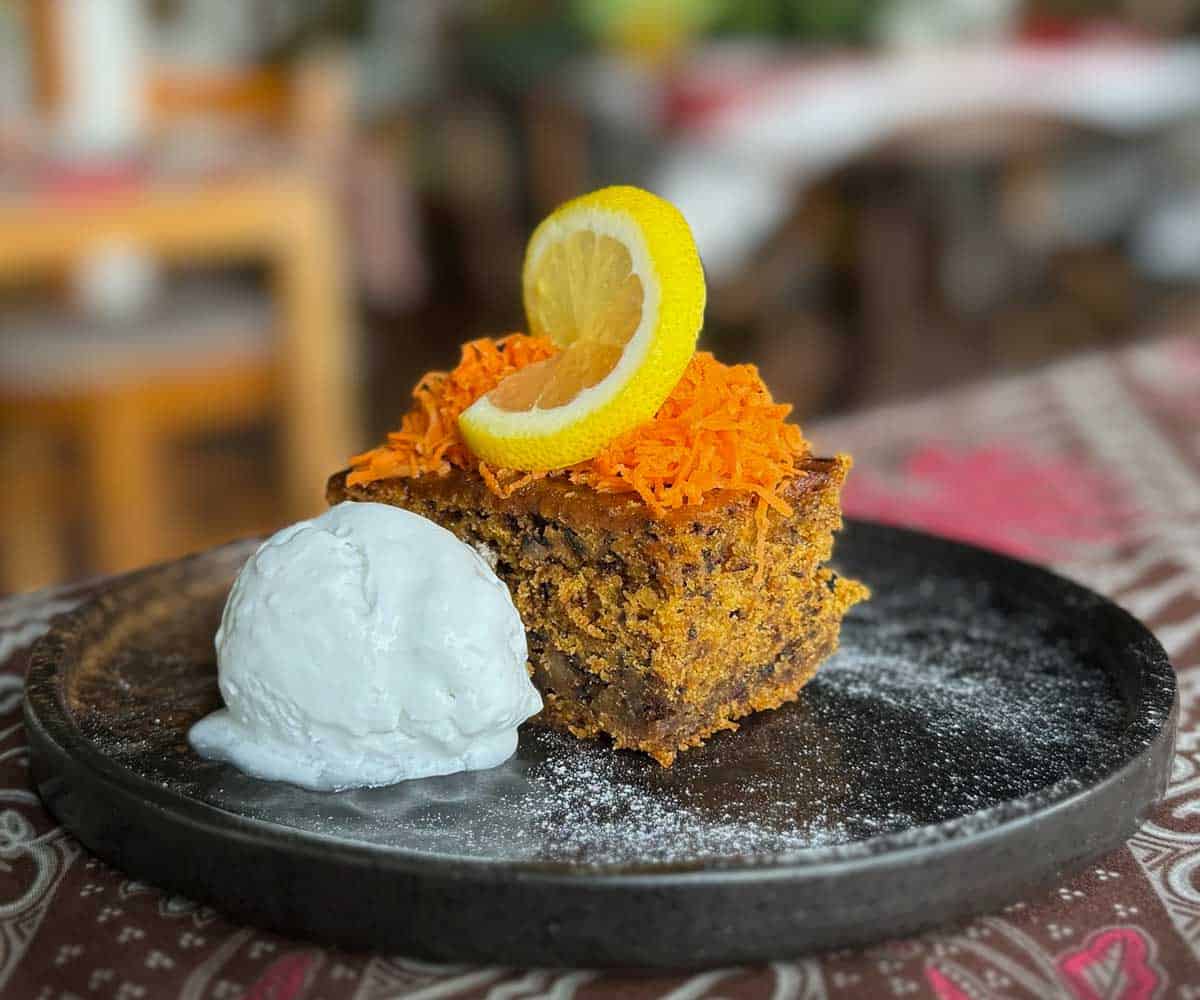Dairy Milk Hormones’ Effects on Cancer
What are the effects of the female sex hormones in cow’s milk on men, women, and children? All foods of animal origin contain hormones, […]
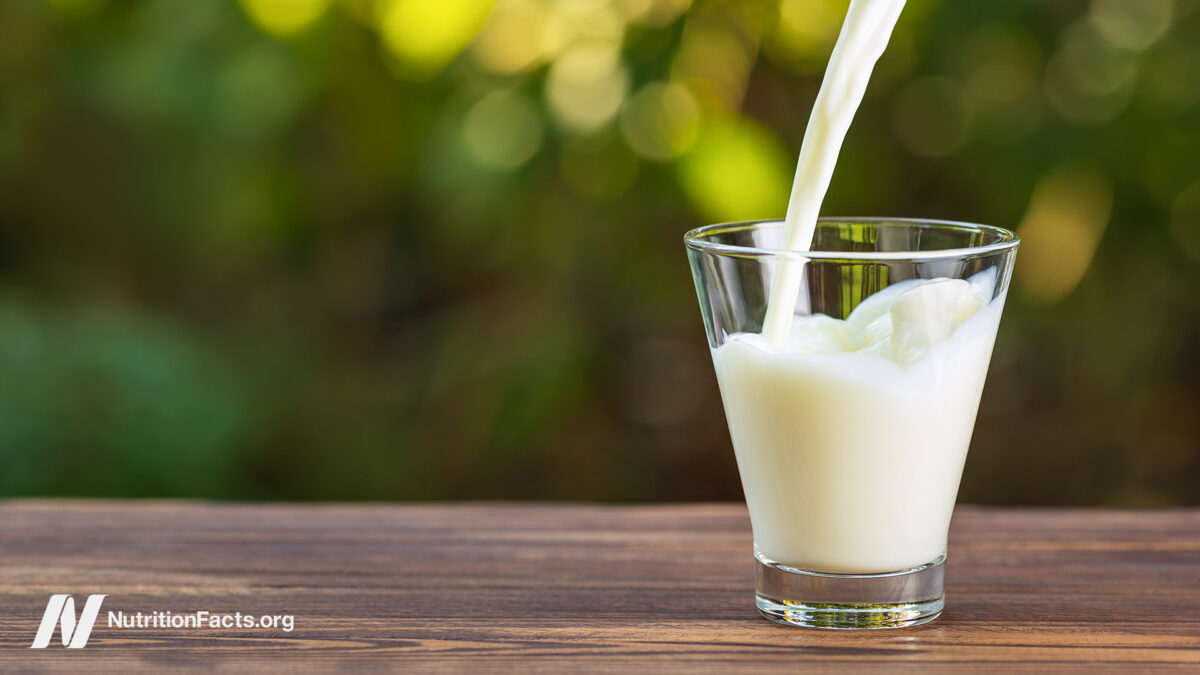
What are the effects of the female sex hormones in cow’s milk on men, women, and children?
All foods of animal origin contain hormones, but most of our dietary exposure to hormones comes from dairy products. By quantity, as you can see below and at 0:16 in my video The Effects of Hormones in Dairy Milk on Cancer, it is mostly prolactin, corticosteroids, and progesterone, but there are also a bunch of estrogens, which concentrate even further when other dairy products are made. For instance, hormones are five times more concentrated in cream and cheese, and ten times more in butter. 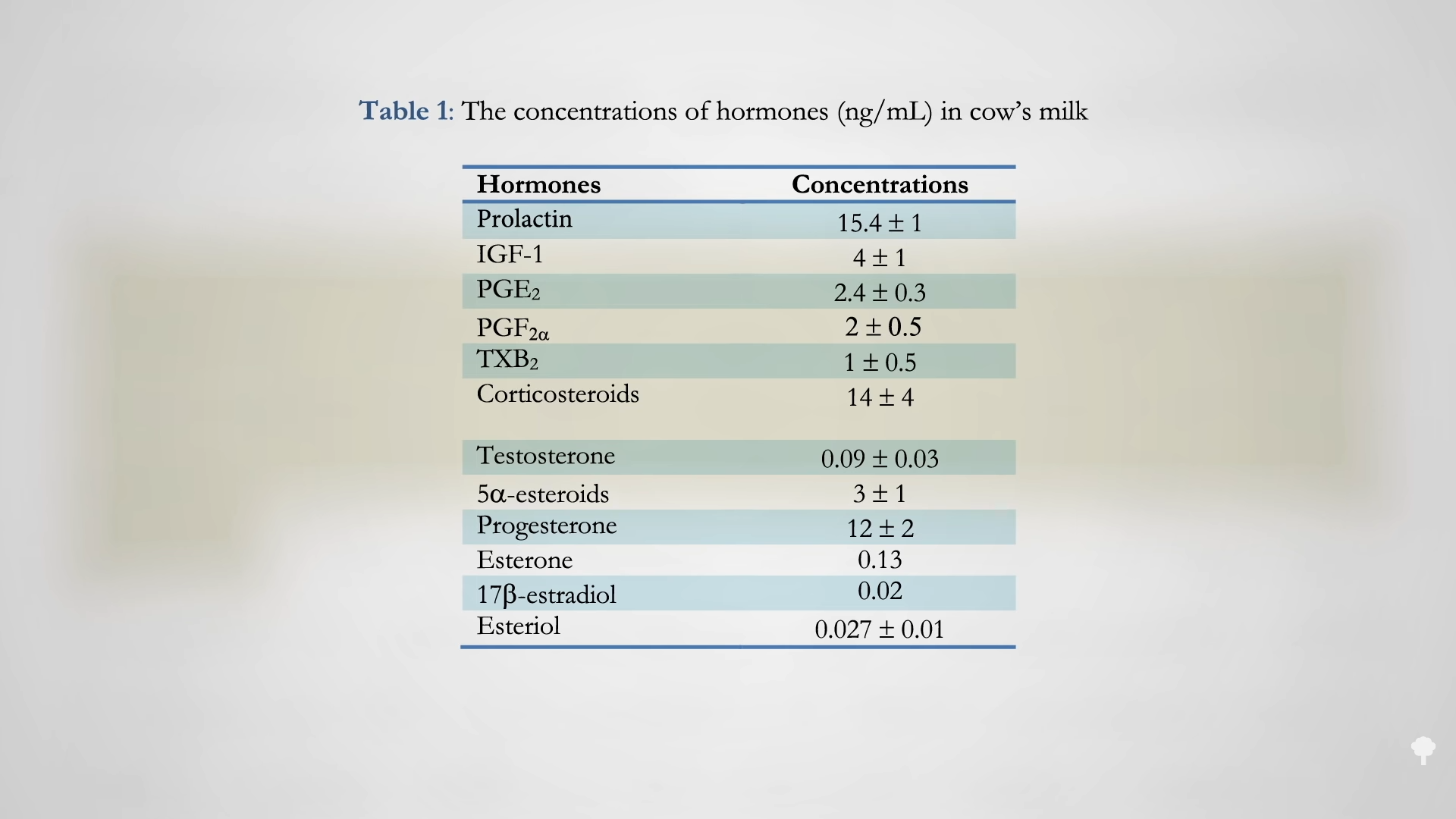
When it comes to steroid hormones in the food supply, about three-quarters of our exposure to ingested female sex steroids come from dairy, and the rest is split evenly between eggs and meat (including fish). Indeed, eggs contribute about as much as all meat combined, which makes a certain amount of sense since an egg comes straight from a hen’s ovary. Among the various types of meat, you get as much from white meat (fish and poultry) as you do from pork and beef, and this is just from natural hormones—not added hormone injections, like bovine growth hormone. So, it doesn’t matter if the meat is organic. Animals produce hormones because they’re animals, and their hormones understandably end up in animal products.
About half of the people surveyed “did not know that milk naturally contains hormones,” and many “lacked basic knowledge (22% did not know that cows only give milk after calving)”—that is, they didn’t realize what milk is for—feeding baby calves. Researchers suggested we ought to inform the public about dairy production practices. In response, one Journal of Dairy Science respondent wrote that telling the public about the industry’s new technologies, like transgenic animals (meaning genetically engineered farm animals), “or contentious husbandry practices” (such as taking away that newly born calf so we can have more of the milk or “zero-grazing for dairy cows”—i.e., not letting cows out on grass), “does not result in high rates of public approval,” so ixnay on the educationay.
The public may not know the extent to which they are exposed to estrogen through the intake of commercial milk produced from pregnant cows, which has potential public health implications. “Modern genetically improved dairy cows, such as the Holstein,” the stereotypical black and white cow, can get reimpregnated after giving birth and lactate throughout almost their entire next pregnancy, which means that, these days, commercial cow’s milk contains large amounts of pregnancy hormones, like estrogens and progesterone.
As you can see in the graph below and at 2:42 in my video, during the first eight months of a pregnant cow’s nine-month gestation, hormone levels in her milk shoot up more than 20-fold. Even so, we’re only talking about a millionth of a gram per quart, easily 10 to 20 times less estrogen hormones than you’d find in a birth control pill. In that case, would drinking it really have an effect on human hormone levels?

Researchers analyzed three different estrogens and one progesterone metabolite flowing through the bodies of seven men before and after they drank about a liter of milk. Within hours of drinking the milk, their hormone levels shot up, as you can see in the graph below and at 3:08 in my video.
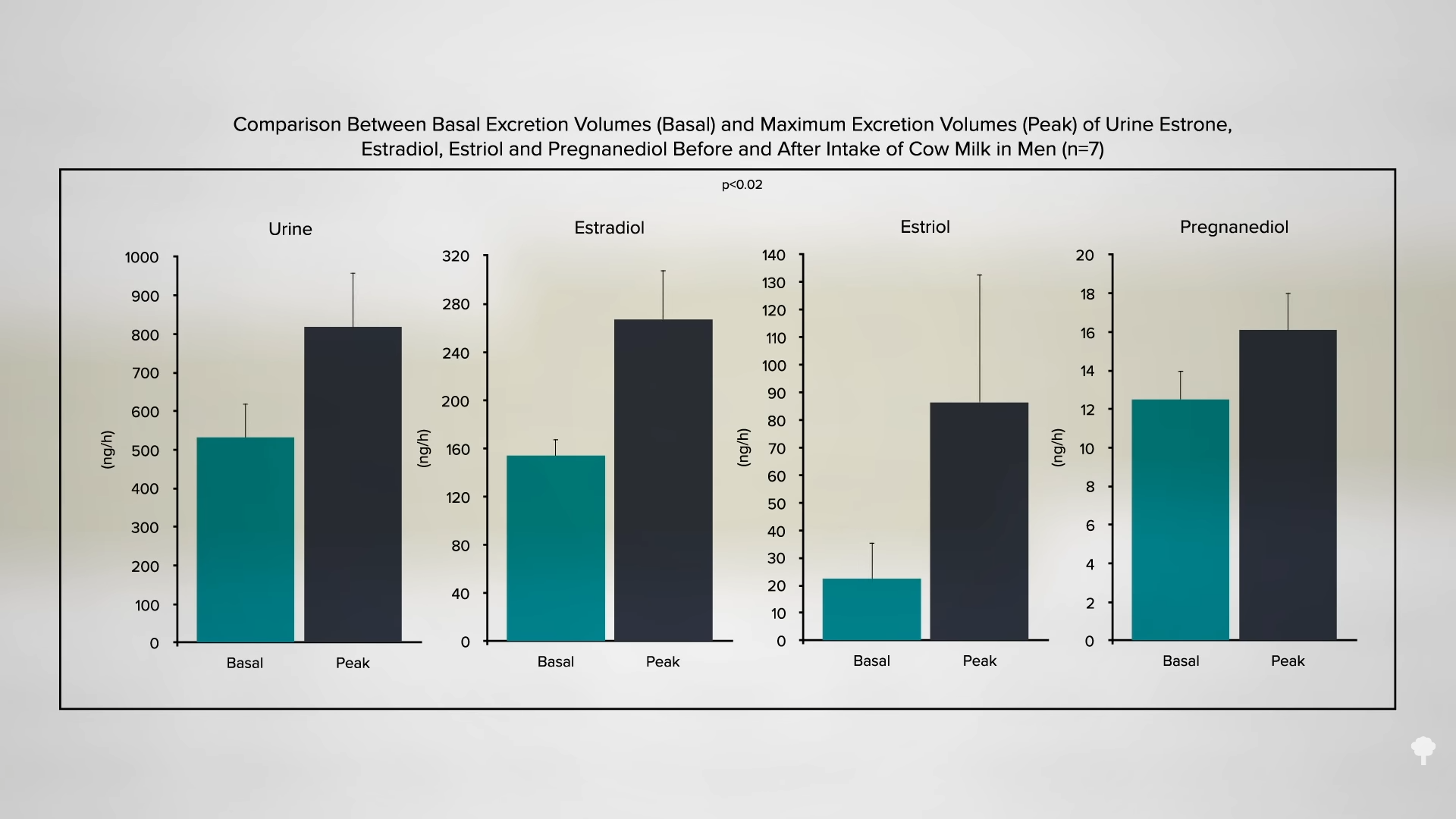
The researchers also looked at the average levels of female sex steroids flowing through the bodies of six schoolchildren (with an average age of eight) before and after they drank about two cups of milk. Within hours of drinking the milk, their levels shot up, tripling or quadrupling their baseline hormone levels, as you can see in the graph below and at 3:23 in my video. So, one can imagine the effects milk might have on men or prepubescent children, but what about women? Presumably, women would have high levels of estrogen in their body in the first place, wouldn’t they? Well, not all women. 
What about postmenopausal women and endometrial cancer, for example? Estrogens have “a central role” in the development of endometrial cancer, cancer of the lining of the uterus. “Milk and dairy products are a source of steroid hormones and growth factors that might have physiological effects in humans.” So, Harvard researchers followed tens of thousands of women and their dairy consumption for decades and found a significantly higher risk of endometrial cancer among postmenopausal women who consumed more dairy, as shown below and at 4:19 in my video.  What about dietary exposure to hormones and breast cancer? Unfortunately, “understanding the role of dietary hormone exposure in the population burden of breast cancer is not possible at this time.”
What about dietary exposure to hormones and breast cancer? Unfortunately, “understanding the role of dietary hormone exposure in the population burden of breast cancer is not possible at this time.”
For more on the relationship between cancer and dairy, see related videos below.
I talk about the effect of dairy estrogen on men in Dairy Estrogen and Male Fertility.
What about the phytoestrogens in soy? See here.

 Konoly
Konoly 











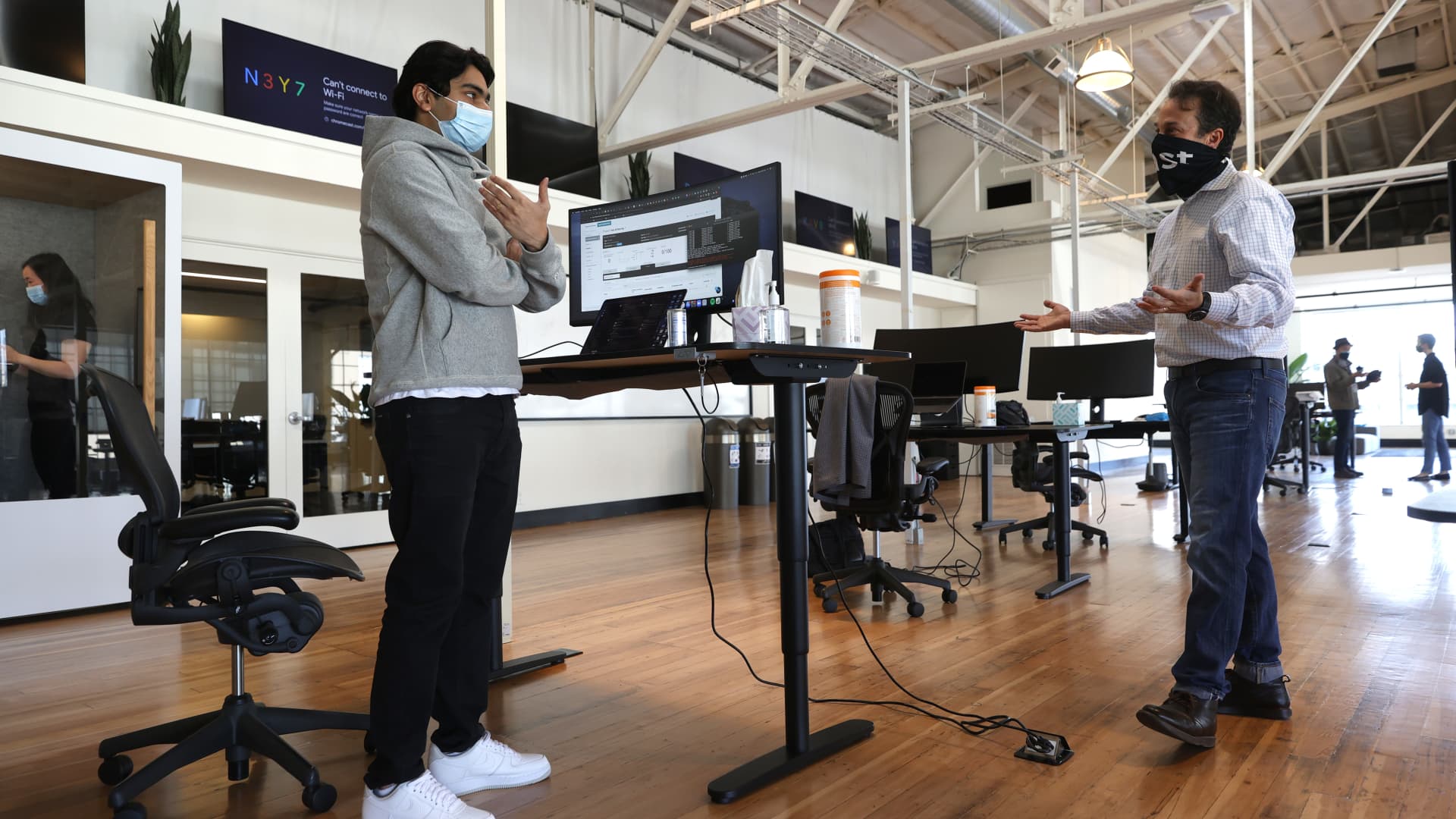













.jpg&h=630&w=1200&q=100&v=154b70b92d&c=1)
.jpg)
